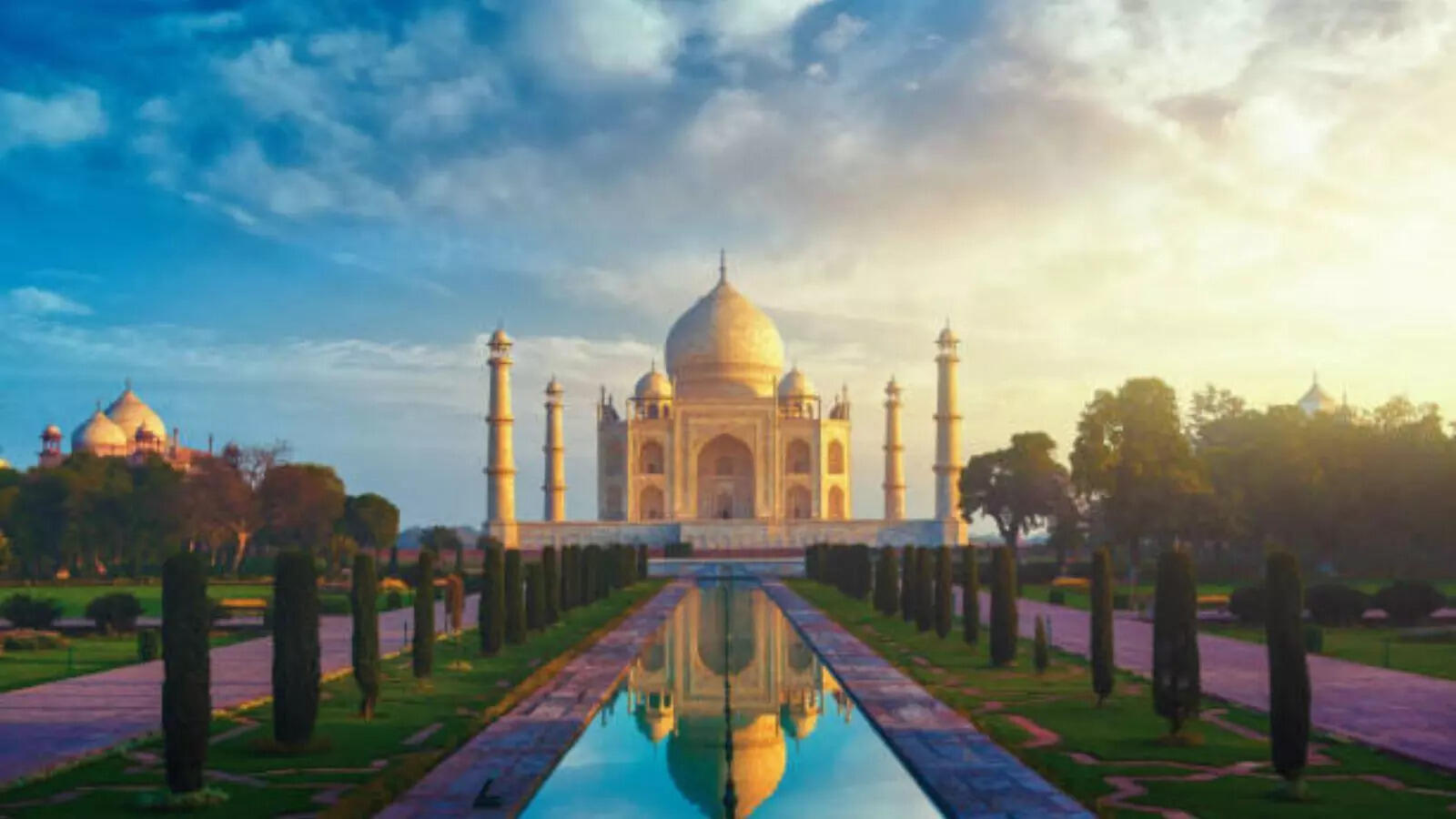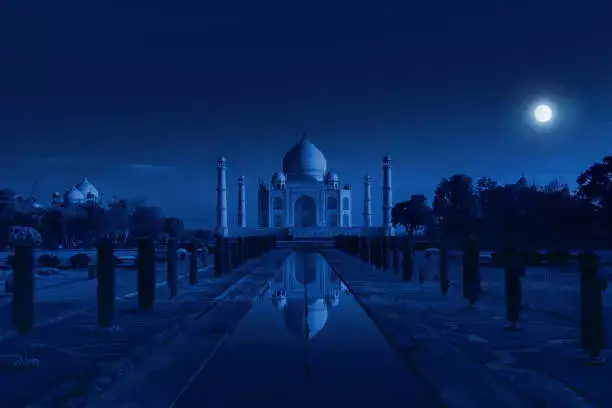The Secret Chambers Of The Taj Mahal: What Lies Behind The Locked Doors Of India’s Iconic Monument
The Taj Mahal, one of the Seven Wonders of the World, stands as a breathtaking symbol of eternal love and unmatched Mughal craftsmanship. Built by Emperor Shah Jahan in memory of his wife Mumtaz Mahal, this white-marble masterpiece on the Yamuna riverfront in Agra continues to mesmerize visitors from across the globe. Yet, behind its gleaming facade and intricate carvings lies a centuries-old mystery the story of its locked rooms.
The Hidden World Beneath The Marble Wonder
Many parts of the Taj Mahal have remained closed to the public for decades, sparking endless curiosity. Are they hiding treasures, forgotten tombs, or ancient secrets? The truth is both fascinating and practical.
Beneath the majestic monument lies the tahkhana a series of underground chambers originally designed for royal comfort. These rooms, historians say, were built to provide cool relief during the scorching North Indian summers. “The spacious rooms were decorated with geometric and star-patterned designs,” shared renowned Mughal architecture expert Ebba Koch with the BBC.
The chambers were part of Shah Jahan’s symmetrical architectural plan, which extended to every corner of the mausoleum. In fact, it is believed that the emperor himself would arrive by boat on the Yamuna River, entering the Taj through its riverfront and possibly through these underground corridors.

Over time, nature took its toll. The devastating 1978 Yamuna flood caused silting and structural cracks in the underground rooms. Delhi-based historian Rana Safvi told the BBC, “The flooding of the Yamuna River in 1978 caused silting and structural cracks in some underground chambers. This forced the Archaeological Survey of India (ASI) to seal the rooms to safeguard the monument’s stability.”
The ASI has since clarified that these rooms are not permanently closed. They are occasionally opened for conservation and restoration work. Rare photos released by the department show teams working underground to preserve the delicate structure.

For decades, the Taj Mahal’s hidden rooms have sparked speculation from temple conversion theories to tales of hidden treasures. However, experts have repeatedly dismissed such claims. KK Muhammad, former regional director (North) of the Archaeological Survey of India, who also worked on the Ayodhya excavation, told The Quint,“If it were a temple, there would be a garbhagriha (sanctum sanctorum), antarala (a foyer), and a mandapa (pillared hall). There is no such thing that exists there. I never saw it despite the number of times I visited the area. Those under me also never saw a temple or a shivling there…”
From its secret chambers to its timeless design, the Taj Mahal continues to inspire wonder and debate. But the locked rooms are not about mystery or myth they are a part of India’s ongoing effort to protect history, not hide it. Behind those sealed doors lies not a secret, but a reminder that even the world’s greatest monument needs protection from the passage of time.

The Hidden World Beneath The Marble Wonder
Many parts of the Taj Mahal have remained closed to the public for decades, sparking endless curiosity. Are they hiding treasures, forgotten tombs, or ancient secrets? The truth is both fascinating and practical.
Beneath the majestic monument lies the tahkhana a series of underground chambers originally designed for royal comfort. These rooms, historians say, were built to provide cool relief during the scorching North Indian summers. “The spacious rooms were decorated with geometric and star-patterned designs,” shared renowned Mughal architecture expert Ebba Koch with the BBC.
The chambers were part of Shah Jahan’s symmetrical architectural plan, which extended to every corner of the mausoleum. In fact, it is believed that the emperor himself would arrive by boat on the Yamuna River, entering the Taj through its riverfront and possibly through these underground corridors.

Why The Doors Remain Locked
Over time, nature took its toll. The devastating 1978 Yamuna flood caused silting and structural cracks in the underground rooms. Delhi-based historian Rana Safvi told the BBC, “The flooding of the Yamuna River in 1978 caused silting and structural cracks in some underground chambers. This forced the Archaeological Survey of India (ASI) to seal the rooms to safeguard the monument’s stability.”
The ASI has since clarified that these rooms are not permanently closed. They are occasionally opened for conservation and restoration work. Rare photos released by the department show teams working underground to preserve the delicate structure.

Myths, Theories, And The Truth
For decades, the Taj Mahal’s hidden rooms have sparked speculation from temple conversion theories to tales of hidden treasures. However, experts have repeatedly dismissed such claims. KK Muhammad, former regional director (North) of the Archaeological Survey of India, who also worked on the Ayodhya excavation, told The Quint,“If it were a temple, there would be a garbhagriha (sanctum sanctorum), antarala (a foyer), and a mandapa (pillared hall). There is no such thing that exists there. I never saw it despite the number of times I visited the area. Those under me also never saw a temple or a shivling there…”
Next Story